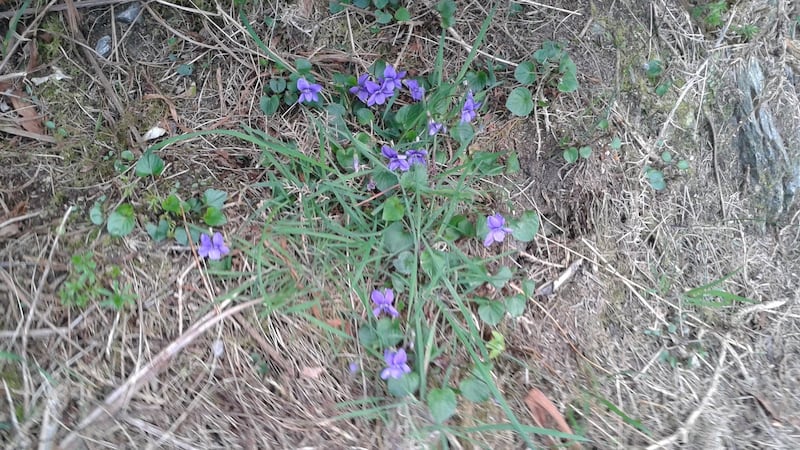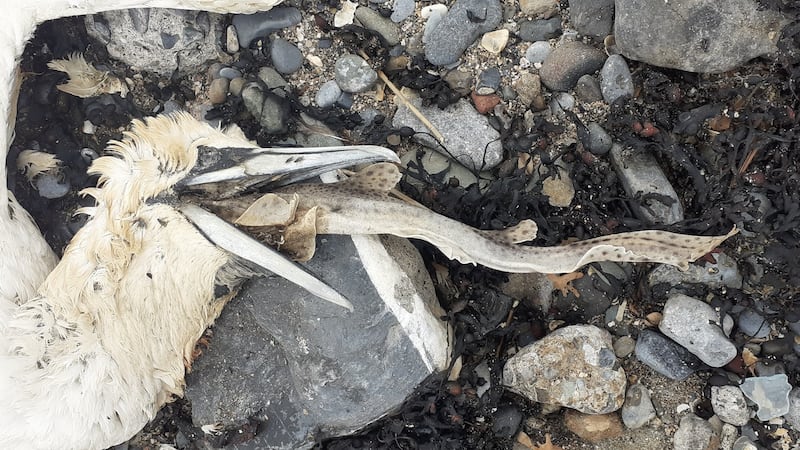I’ve discovered these beasts while digging over my new allotment. For some reason I think they are leeches; can you provide a definite ID?
Gareth Gordon, Belfast
No, they are not leeches but an unwelcome species: the invasive New Zealand flatworm. Unlike earthworms, flatworms do not have a segmented body. Rather, it is a flattened body covered in sticky mucus with a pale-yellow margin. They have been in Northern Ireland since the 1960s. They are pests that eat earthworms, so should be eradicated. Set traps by laying out sheets of polythene, inspect the underside regularly, and dispose of adults and egg capsules by dropping them into water hotter than 40C.

I saw this white-tailed bumblebee on a dandelion that grew in my lawn when I stopped mowing for May.
Mary Prendergast, Dublin
Dandelions are the ideal flower for bees – shallow, yellow, full of nectar and growing everywhere. Even if you must strike off the seed heads, leave that first flush bloom. The flowers are an excellent food source for bumblebees in particular.

This photo was taken the last week in April in our garden, on a sunny grassy bank that we never mow.
Ann Tobin, Renvyle, Co Galway
It is a common dog-violet, which has heart-shaped leaves. It is by far the most common Irish wild violet. This is lovely example of what can grow in our banks and lawns once the mower is put away.

Here is a recent picture of a dead gannet on Gormanstown beach. It seems to have choked on its last supper.
Brendan Price
This gannet tried to swallow a lesser-spotted dogfish, which was too big and got stuck in its throat. The dogfish has rough skin like sandpaper, even rougher from tail to head, and the gannet was unable to get it back out of its mouth once it went in headfirst. Gannets dive on any fish in the water they can spot from the air while hunting, but this one paid the ultimate price for picking the wrong species.
Have you a nature query, observation or photo you would like to share with The Irish Times? Submit it, with location of the image, via our website irishtimes.com/eyeonnature










